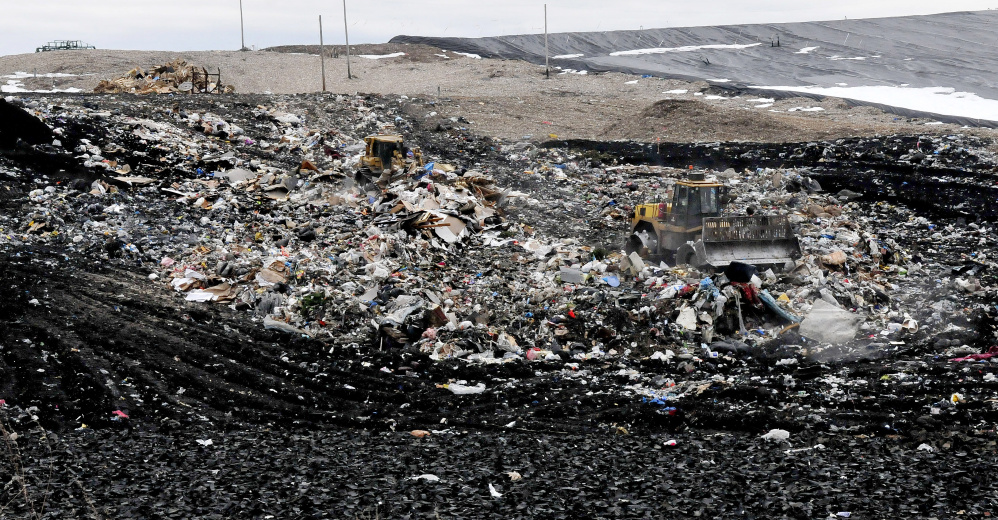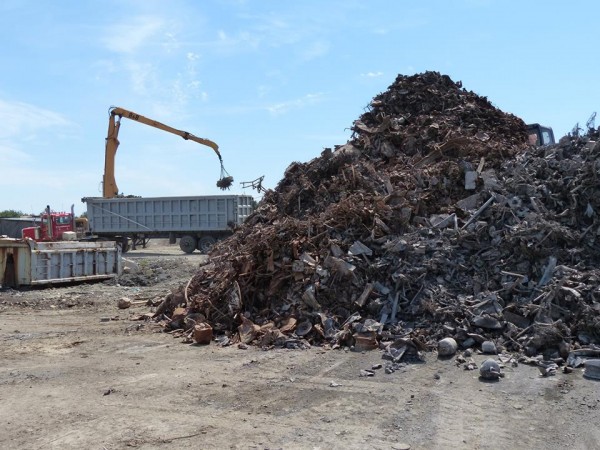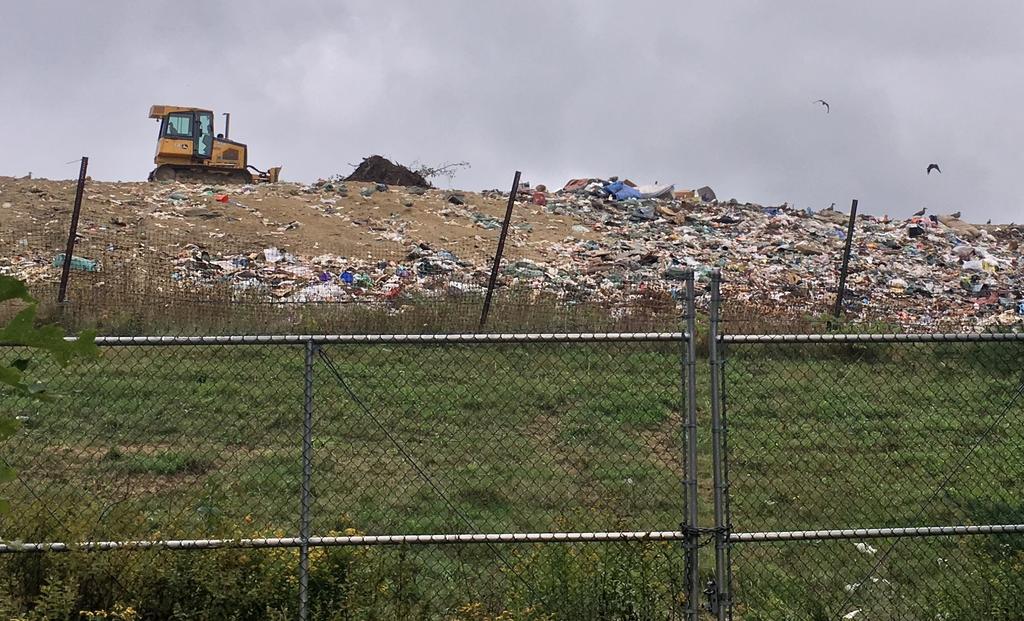


The Story: Landfills themselves aren’t currently historic resources, sadly they are where many historic resources wind up. The largest category of waste in land fills, occupying roughly 1/3 by volume, is building products.
The Threat: While Maine’s waste management practices are among the best, the need to devote more space to landfills can negatively impact the quality of life in surrounding communities.
The Solution: Keeping buildings and their historic materials in use and out of landfills results in a host of benefits to the community. The degree to which we can reuse buildings and building materials through skilled rehabilitation practices results in repair instead of replacement, at a lower cost while developing and employing skilled craftsmen. The net result is substantially less waste.

